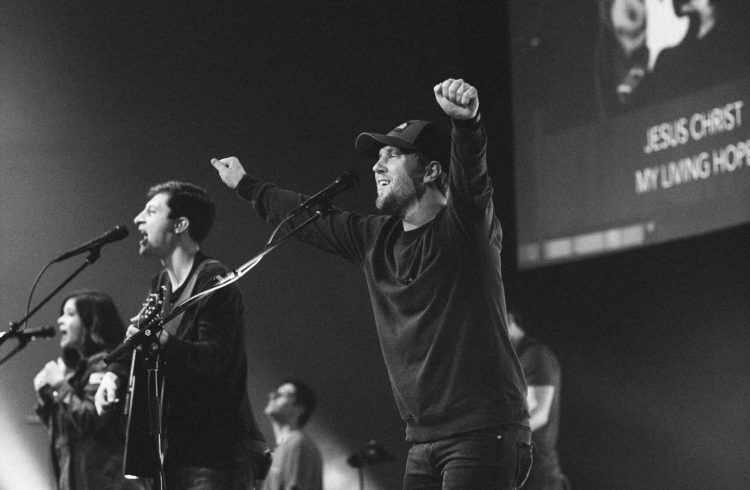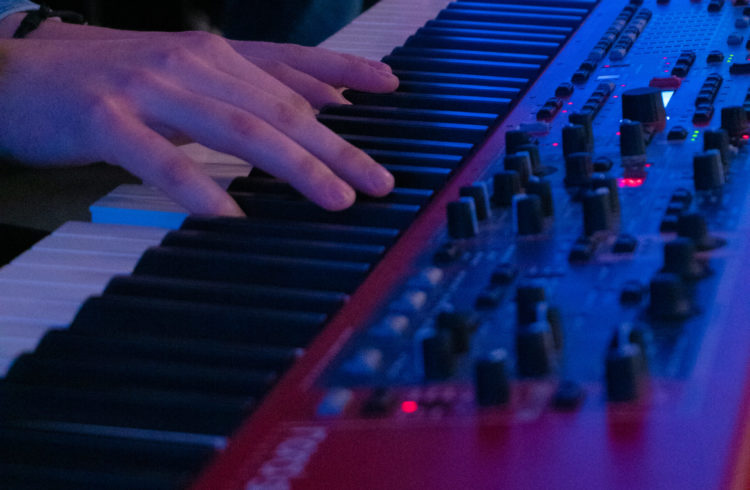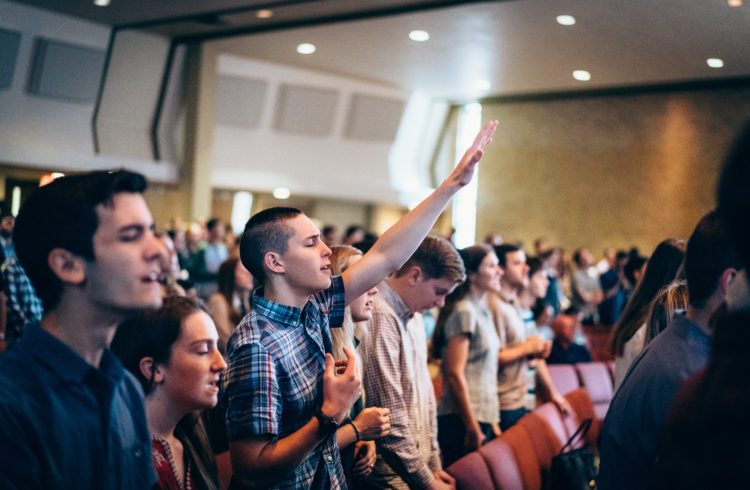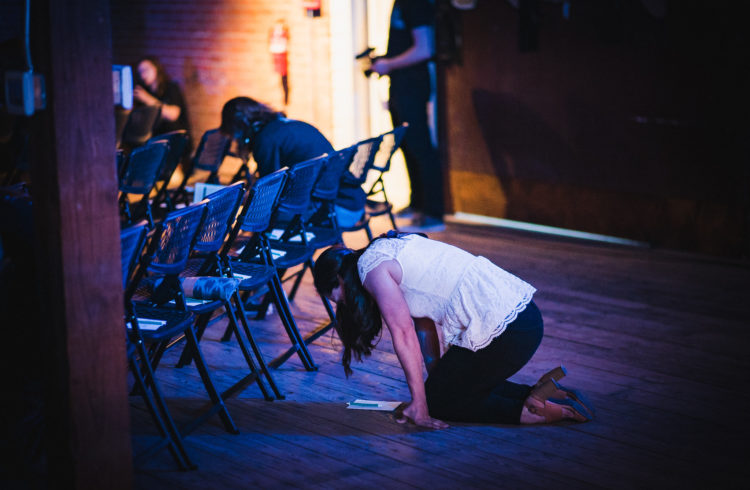“…musicians and creatives who serve the church need to have soft hearts and thick skin. In other words, we need to have hearts that are humble, and have the maturity to receive feedback without getting puffed up or crushed.”
One of the hardest things for transitioning classical piano players into a contemporary worship keys context is that your hands have to do less. In classical piano pieces, the piano is the featured instrument, and the musician is constantly playing. In a 21st century, western, contemporary worship context, the keys part must create room for vocals and electric guitar to shine.
The goal of padding is to help create an emotional environment without drawing attention to ourselves, but instead, aiding in pointing our people’s hearts to worship Christ for who he is and what he has done.
As a worship leader, I hope to provide three tangible, simple, and helpful ways for congregations to encourage their worship teams that could result in a deeper, more sustainable impact than they could realize.
I would wager that as we come to know who our congregation is, what they need to hear, and begin to develop a creative lens that learns how to fuse our liturgies with beauty and truth, I believe that the call to worship will help point our people to Jesus in an even more effective way.
My encouragement to you is to let uncommon faith rise above concerns of logic, and maybe that is where we should begin together—praying for “uncommon faith.”






